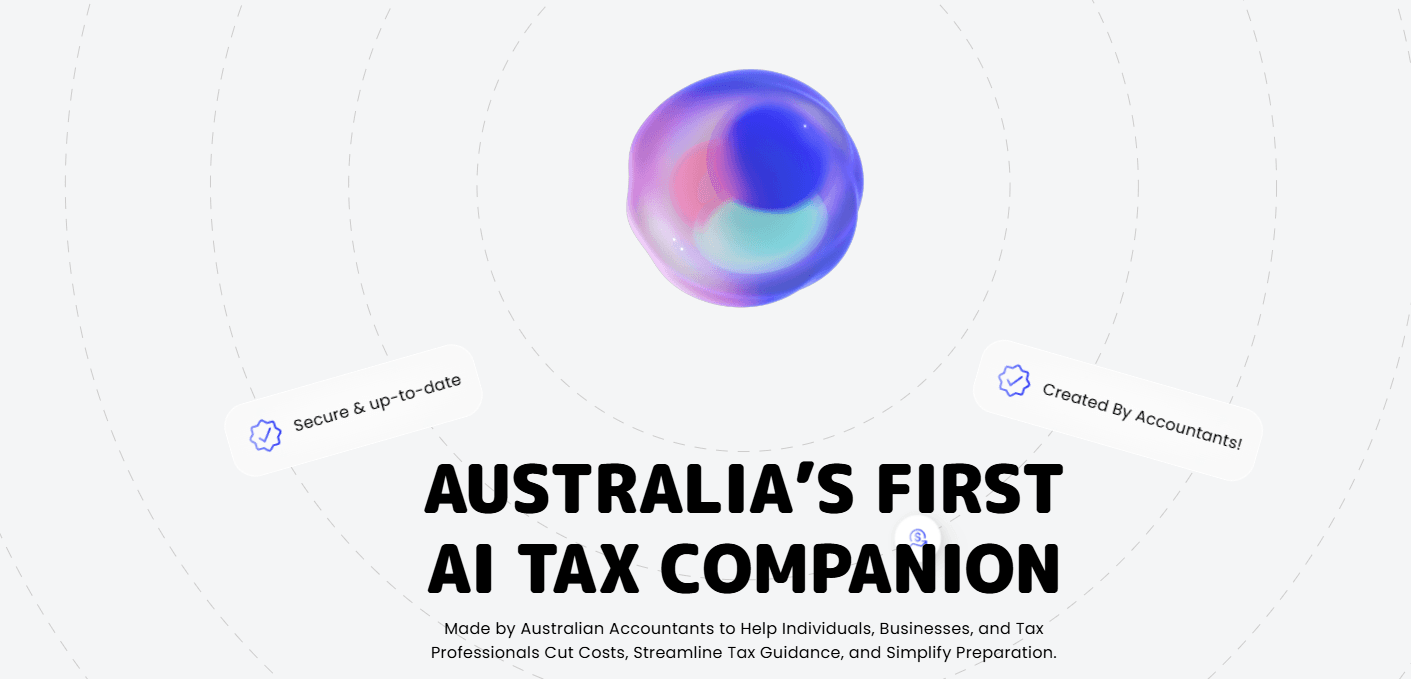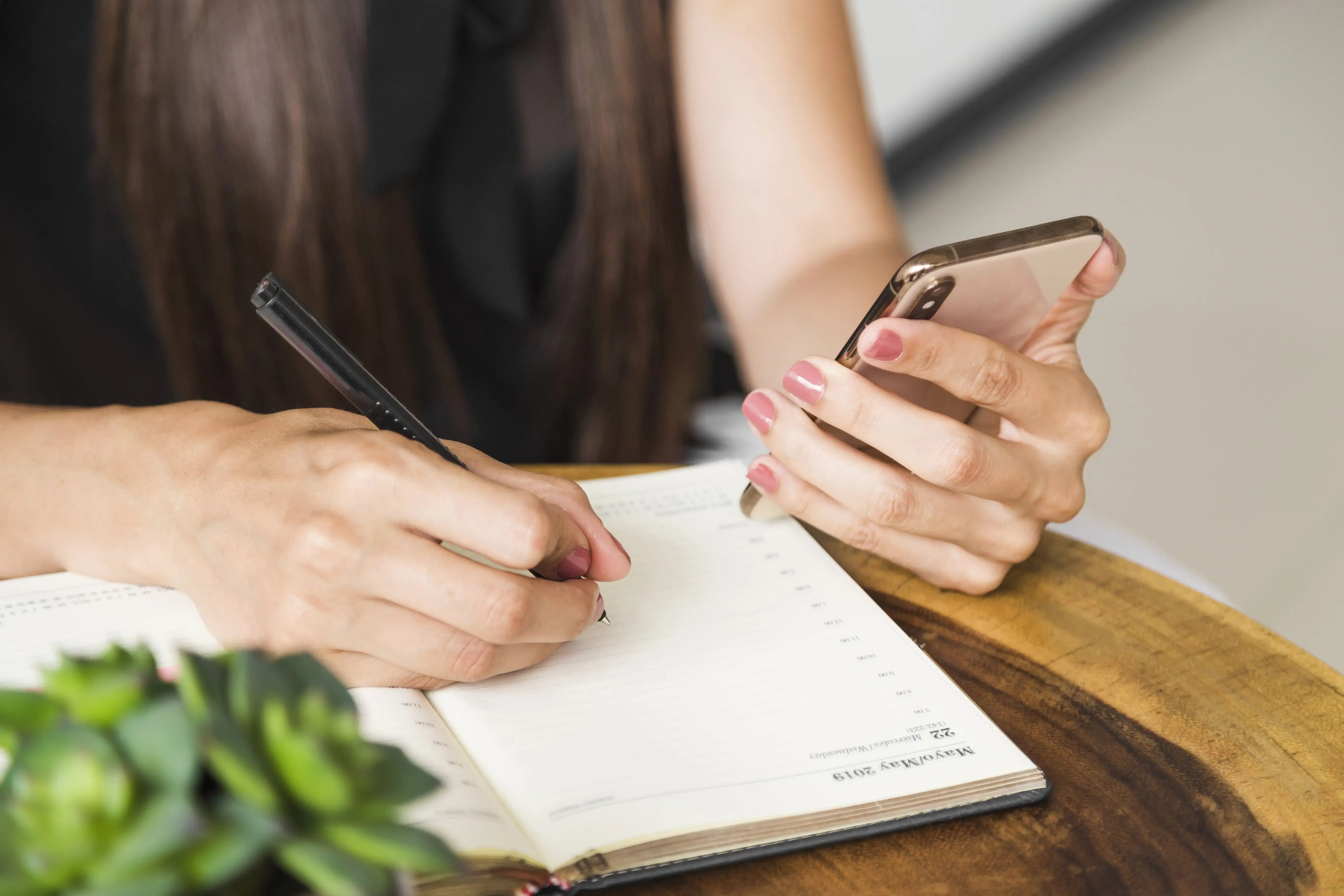Claiming business expenses shouldn’t feel like a legal exam — but for many Australian sole traders, freelancers, and small biz owners, it’s hard to know where the line is. Can you claim your laptop? What about your mobile? Your Spotify subscription for ‘focus music’?
This guide breaks down exactly what the ATO considers a business expense, what you can and can’t claim, and how a smart AI assistant like Ezyiah helps you stay compliant while maximising your return.
What Counts as a Business Expense?
The ATO defines a business expense as a cost that is:
- Directly related to earning assessable income
- Not of a private or domestic nature
- Properly documented with records (receipts, statements, invoices)
You must have spent the money yourself, not been reimbursed, and be able to prove it was genuinely for your business.
What Can You Claim? (ATO-Approved Examples)
Here’s a breakdown of common deductible expenses you may be eligible for:
1. Office Equipment & Tools
- Laptops, monitors, printers
- Tools and machinery for trades
- Stationery, furniture, tech accessories
2. Subscriptions & Software
- Canva, Adobe, Microsoft 365
- Domain names and website hosting
- Accounting platforms (Xero, QuickBooks)
3. Home Office Costs
- Internet and electricity (percentage based on work use)
- Rent or mortgage interest (home-based business only)
- Office chair or desk used exclusively for work
4. Vehicle & Travel
- Business-related fuel, tolls, parking
- Car maintenance and depreciation
- Flights and accommodation for work trips
5. Marketing & Branding
- Website development
- Social media advertising
- Business cards and logo design
6. Professional Services & Education
- Courses related to your business
- Legal or accounting advice
- Business coaching
What You Can’t Claim (Even If It Feels Work-Related)
- Everyday clothes (unless they’re safety or branded uniforms)
- Personal phone use (without calculating business use %)
- Fines or penalties
- Client gifts over $300 (unless GST-exempt)
- Entertainment (like drinks or dinner) — unless under very strict rules
If it’s partly private, you can often claim a portion — but only if it’s clearly calculated and backed by records.
How to Record Business Expenses Properly
ATO compliance doesn’t just rely on honesty — it relies on documentation. You should:
- Keep receipts or tax invoices (digital is fine)
- Note what the purchase was for
- Record the business-use percentage if it’s a shared cost
- Log expenses regularly (not just at EOFY)
Good record-keeping = more deductions and less stress if you're ever audited.
How Ezyiah Can Help You Claim Smarter
Let’s be real — sorting receipts and remembering what was deductible from 6 months ago isn’t anyone’s idea of fun. That’s where Ezyiah steps in:
- Categorises expenses automatically (e.g. software vs travel)
- Scans receipts and logs them in real time
- Tracks split-use items (e.g. 60% of mobile phone)
- Sends reminders about upcoming BAS or EOFY tasks
Think of Ezyiah as your always-on tax assistant that keeps everything sorted — without needing a single spreadsheet.
Quick Expense Claiming Checklist
- Was the expense directly related to your business?
- Do you have a receipt or proof of purchase?
- Was it paid out of your own funds?
- Can you justify any personal use vs business use?
- Have you logged it with Ezyiah or another tracker?
Final Word
Claiming expenses properly can reduce your tax bill — sometimes significantly. But guessing, assuming, or forgetting claims can cost you money, or worse, get you flagged by the ATO.
If you want to claim confidently, stay organised, and avoid the EOFY panic, Ezyiah’s got your back.





